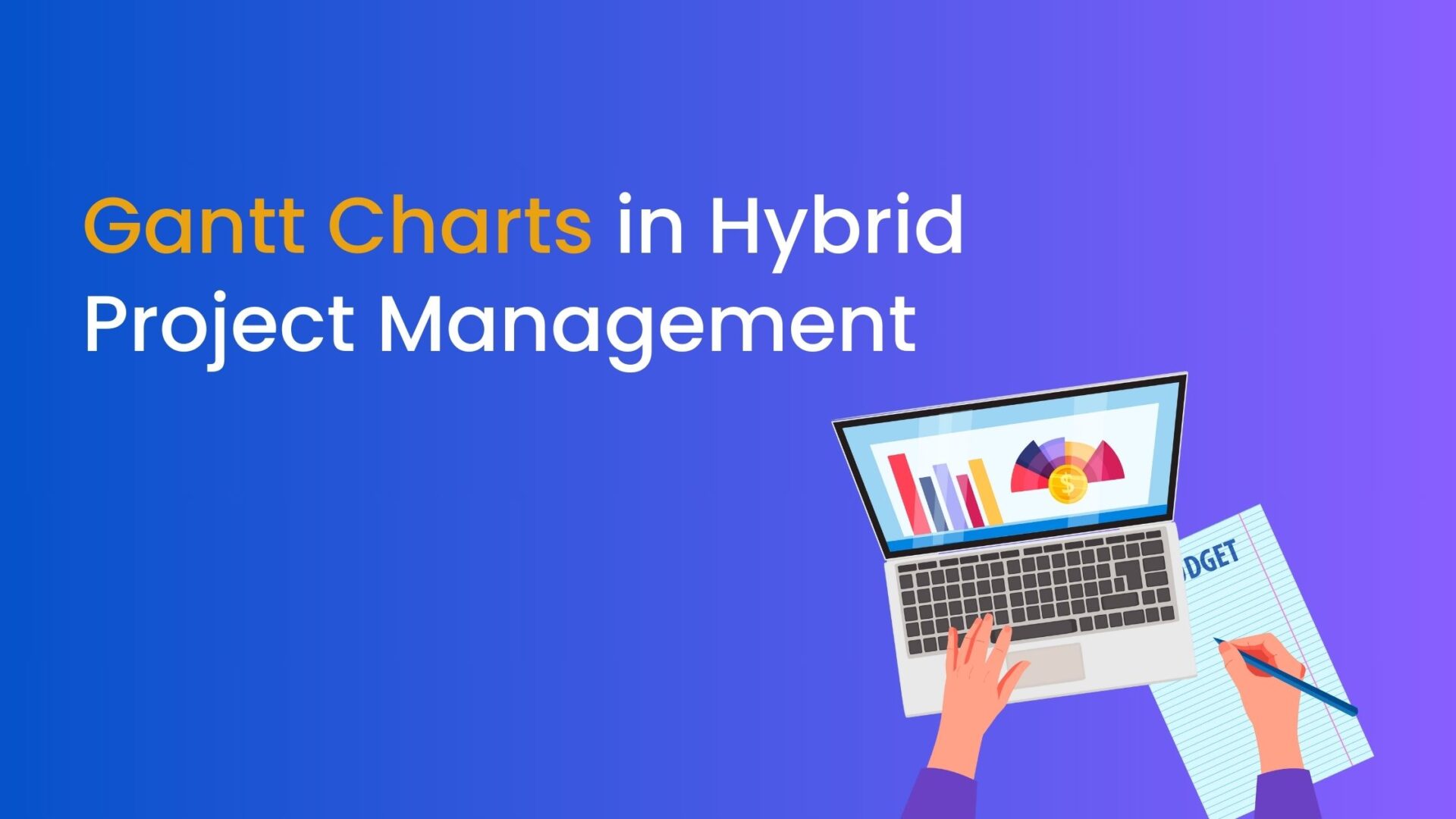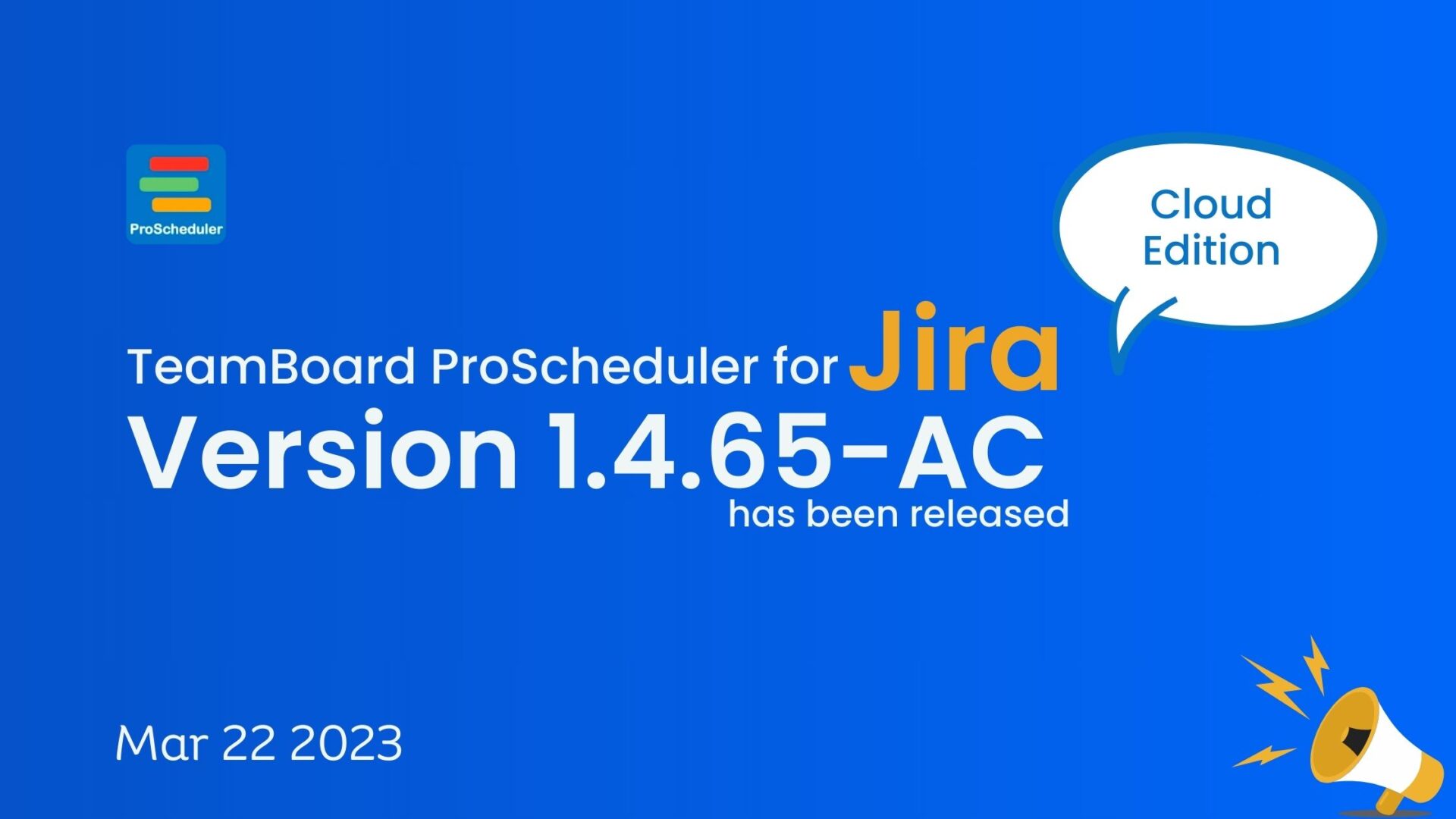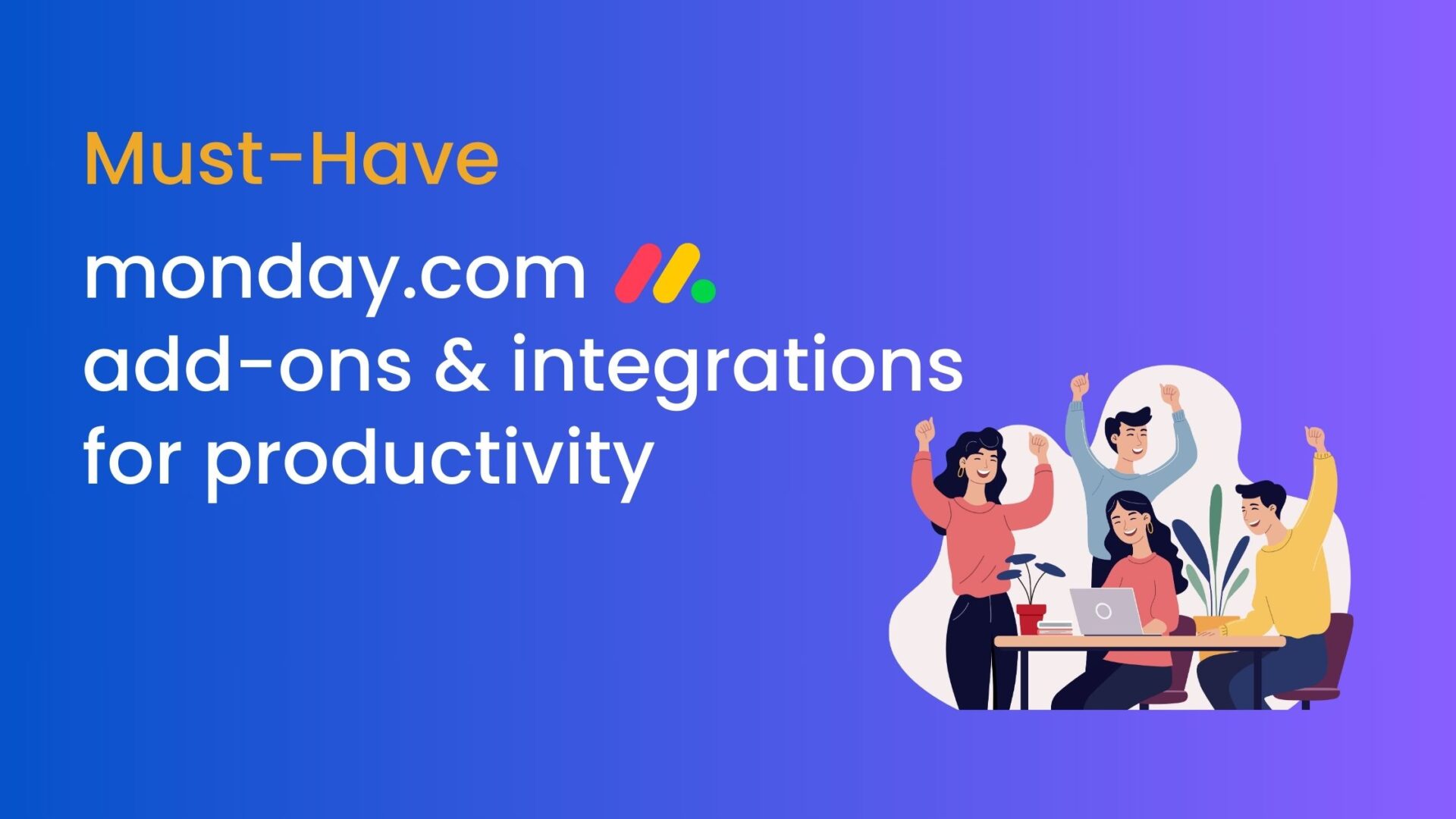Table of Contents
Gantt Chart Dependencies: A Path to Project’s Success
Gantt charts have a lot of benefits and are among the most effective tools for managing projects. These are exceptionally beneficial charts for tracking the progress of any project. On top of that, Gantt charts play a vital role in commanding project dependencies. This article will discuss the various types of Gantt chart dependencies and how these can affect your projects. Without further ado, let’s delve into the discussion;

A Gantt Chart: What Is It?
It’s a visual aid for planning, controlling, and keeping track of particular activities and resources within a project. It consists of a task list with progress bars for each activity. Horizontal bars of varying lengths show the project timeline, including task durations, start and end dates, and task sequences.
Gantt Chart Dependencies
Each task is dependent on the others and does not exist in a vacuum. Therefore, there may be several Gantt chart predecessor and successor tasks for a given project. A complex project is challenging to manage and often fails because several tasks are being completed at once.
57% of projects fail as a result of a “breakdown in communication.” To carry out successful projects, you need to fully understand project schedule management.
You can create a project communication management plan by using Gantt chart dependencies to elaborate the connection between different project tasks. Then, how to communicate them to your team.
Types of Gantt Chart Dependencies
There are four widely acknowledged categories of Gantt charts with dependencies. These Gantt chart dependencies identify the correct order of division of tasks along the project timeline.
This helps project managers to learn and execute the best project management and team-building principles.
Finish-to-start task dependencies
These dependencies are most likely the most prevalent and understandable ones. As the name suggests, you must do task A before proceeding to task B. Task A is typically referred to as the Gantt chart predecessor, and task B is the successor task. In the Gantt charts, the predecessor means the first task that needs to be carried out.
Consider a company looking to update a certain software. Training in program usage is required for the company’s staff, but your team can’t proceed with it until the software has been deployed. In this case, the Gantt chart predecessor is installing software while training your workforce is the successor task.
Start-to-start task dependencies
A successor task (task B) in this type of dependency cannot start until the Gantt chart predecessor (task A) has started. Since Finish-to-start dependencies are more frequent, an example will be helpful here.
Let’s say a business is implementing a new SAP system. Before a system goes live, it is usual to run a stress test on it, but this cannot happen unless the business has established monitoring procedures to evaluate its effectiveness. Enable system monitoring is the predecessor task (task A), while starting the stress test is task B (successor).
Finish-to-finish task dependencies
In this type of Gantt chart dependency, a successor task (task B) only completes after finishing the predecessor task. As opposed to a Finish-to-start dependency, you can begin task B before task A is finished, but you cannot complete it. As a result, the two jobs can operate simultaneously.
Consider installing a new IT system for a client. Connecting the system to all devices and interfaces is task A. Installing and configuring the software is task B. While you can complete these processes simultaneously, you cannot finish setting the program until all the interfaces and devices have been connected.
Start-to-finish task dependencies
The Finish-to-finish dependency is the polar opposite of this dependency. In this situation, task A (the Gantt chart predecessor) can only be completed once task B (the successor) has begun.
Although they are less frequent than the preceding three, these Gantt chart dependencies do exist. An outdated on-premise IT system might be upgraded to a modern, on-demand, cloud-based system. Consider task A is to shut down the old system and task B is to start the new system. Task B must begin for task A to take place.
Lead and Lag Times
Knowing the terms lead and lag times is crucial when discussing Gantt chart dependencies. Lead time is the amount of time you have before finishing a predecessor task to begin a successor task. The amount of time required after finishing the Gantt chart predecessor task to begin the succeeding task is the lag time.
Why use Gantt Chart Dependencies in your projects?
Lack of planning contributes to 39% of project failures. You can avoid that with a Gannt chart with dependencies. Make sure you and your team incorporate Gantt charts into your workflow, which are both appealing and simple to use. You have a far better chance of successfully finishing your project if you can keep track of the deadlines, the degrees of involvement, the tasks, and the assignments.
90% of top executives and project management specialists worldwide staunchly believe that effective project management is essential to completing successful projects. Gantt chart dependencies are helpful because they organize the tasks in chronological order. Each step finishes in order, just like in a recipe. While it could seem like a good idea to complete some tasks before others to make progress, doing so raises the possibility of mistakes and project failure.
Transparent task delegation ensures that everyone on the team is aware of who is working on what, when, and in what order.
Conclusion
Gantt chart dependencies can help you achieve an essential component of completing a project: effective dependency management. Gantt chart dependencies are a built-in feature of TeamBoard ProScheduler intuitive boards. You can directly observe project timelines while actively keeping track of your team’s activities and progress. Get the free demo and incorporate the ProScheduler into your system to see the positive change yourself without spending a dime.
















